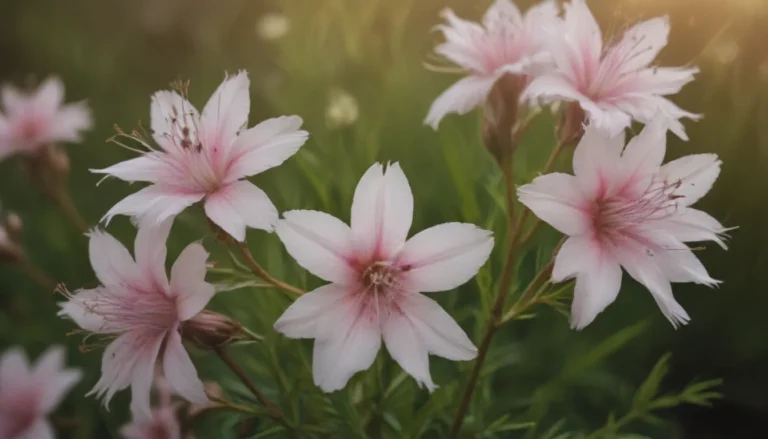Everything You Need to Know About Growing and Caring for White Willow Trees

White willow trees are known for their beauty and fast growth, making them an attractive option for those with the space and time to dedicate to their care. However, there are important considerations to keep in mind when planting and maintaining a white willow tree to ensure its health and longevity.
Why White Willow Trees Are Not Recommended for Small Landscapes
While white willow trees are visually appealing, their shallow, pervasive roots can cause damage to structures, pipes, and sidewalks. Additionally, the tree’s tendency to drop leaves, branches, and flowers can create a messy cleanup situation. The wood of the white willow tree is weak and prone to breakage, especially during windy or snowy conditions.
White Willow Care Requirements
When it comes to caring for a white willow tree, there are several key factors to keep in mind to ensure its optimal growth and health.
Light
Choose a sunny location for your white willow tree, as it thrives in full sun. While it can tolerate partial shade, it will do best in a sunny spot.
Soil
White willow trees prefer rich soil with good moisture retention and drainage. They thrive in moist conditions and can withstand temporary flooding. The tree can adapt to a wide range of soil pH levels.
Water
White willow trees require plenty of water and should only be planted in naturally moist soil. Regular watering is essential for trees planted in drier conditions to prevent root damage.
Temperature and Humidity
White willow trees are winter-hardy and prefer a temperate climate. They do better in cooler climates than in hot, humid conditions. The tree is known for being one of the last to drop its leaves in the fall and one of the first to sprout new leaves in the spring.
Fertilizer
Avoid fertilizing white willow trees, as it can lead to weak and brittle wood that is prone to breakage. The tree does not require additional nutrients beyond what is naturally available in the soil.
Types of White Willow Trees
If you’ve decided to plant a white willow tree, it’s best to choose one of the cultivars that have been bred to be more manageable. While these cultivars help mitigate some of the issues associated with the tree, care is still required to maintain their health and appearance.
- Salix albavar. vitellina
- Salix alba ‘Tritis’
- Salix albavar. caerulea
- Salix alba ‘Belders’
Pruning Tips for White Willow Trees
Pruning a white willow tree requires careful consideration to maintain its beautiful form. Remove weak, damaged, and dead branches annually in the fall or winter. As the tree matures, enlist the help of a certified arborist for safe pruning practices.
Propagation and Repotting
Propagation of white willow trees is not recommended for residential landscapes, but cultivars can be propagated from softwood cuttings in late spring or early summer. Due to their large size and rapid growth, white willow trees are not suitable for container planting.
Overwintering and Common Pests
White willow trees are hardy and can survive northern winters without any special protection. However, they are susceptible to pests such as aphids, scale insects, borers, and leaf-eating larvae, as well as diseases like anthracnose, rust, and blight. Proper pruning and cleanup practices can help prevent these issues.
How to Encourage White Willow Trees to Bloom
White willow trees typically bloom in April or May, with male and female catkins producing yellow and greenish flowers. The tree’s bloom lasts for a few weeks, and no special care is needed after the flowers have faded. Keep in mind that white willow trees have a lifespan of only 20 to 30 years before they begin to deteriorate.
Alternatives to White Willow Trees
If the maintenance requirements of a white willow tree seem overwhelming, consider planting a native tree that is better suited to your garden and local environment. Options like black willow or pussy willow provide similar visual appeal without the same potential issues.
In conclusion, while white willow trees offer fast growth and beauty, they require careful attention to ensure their health and longevity. By following these care tips and recommendations, you can enjoy the beauty of a white willow tree in your landscape while also supporting its overall well-being.





